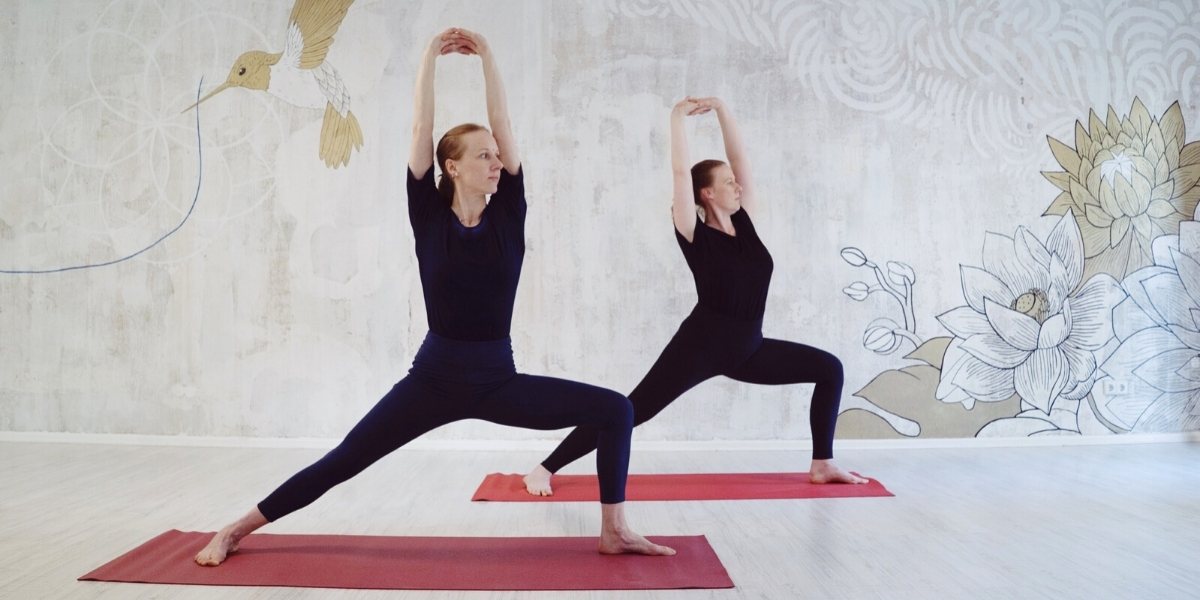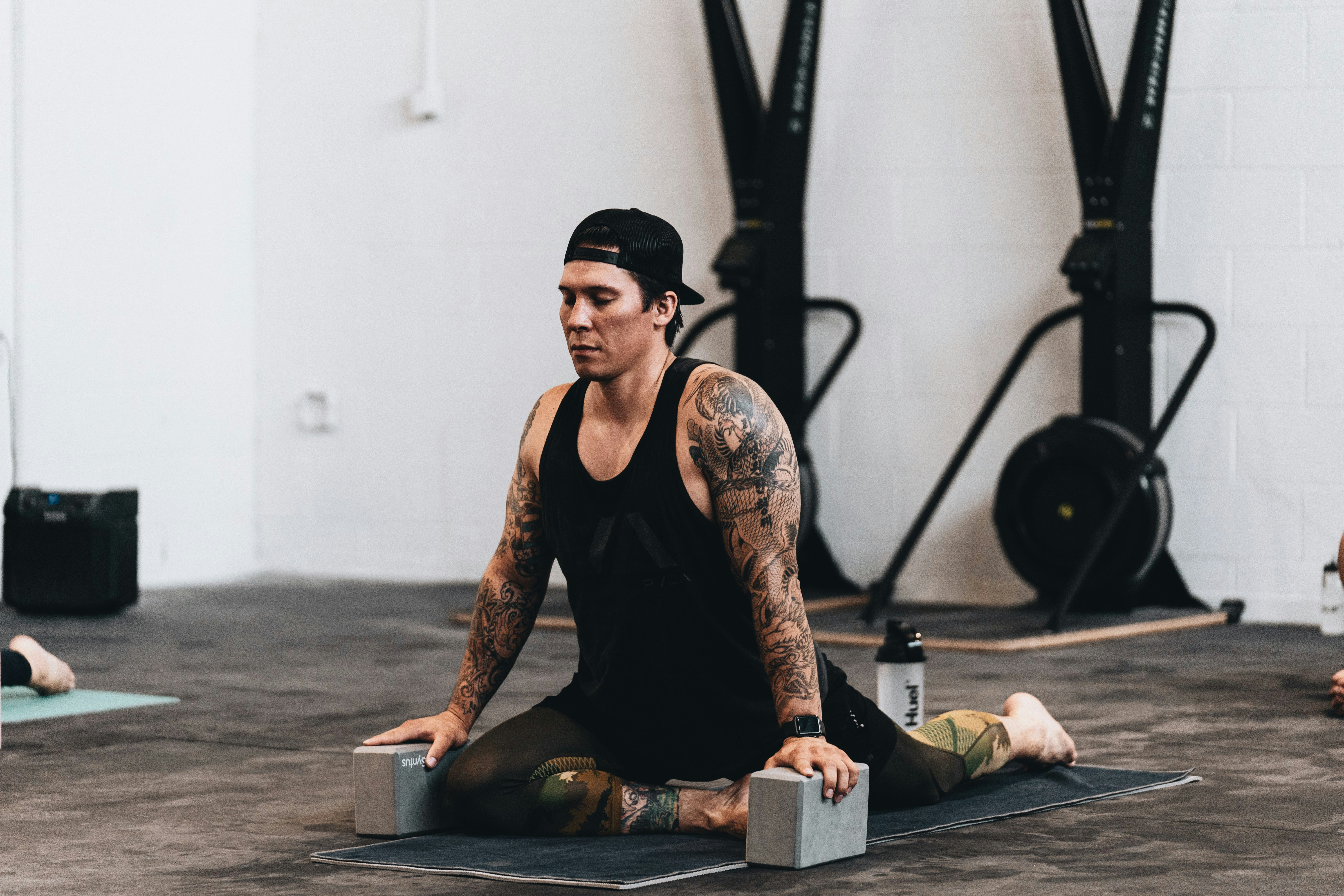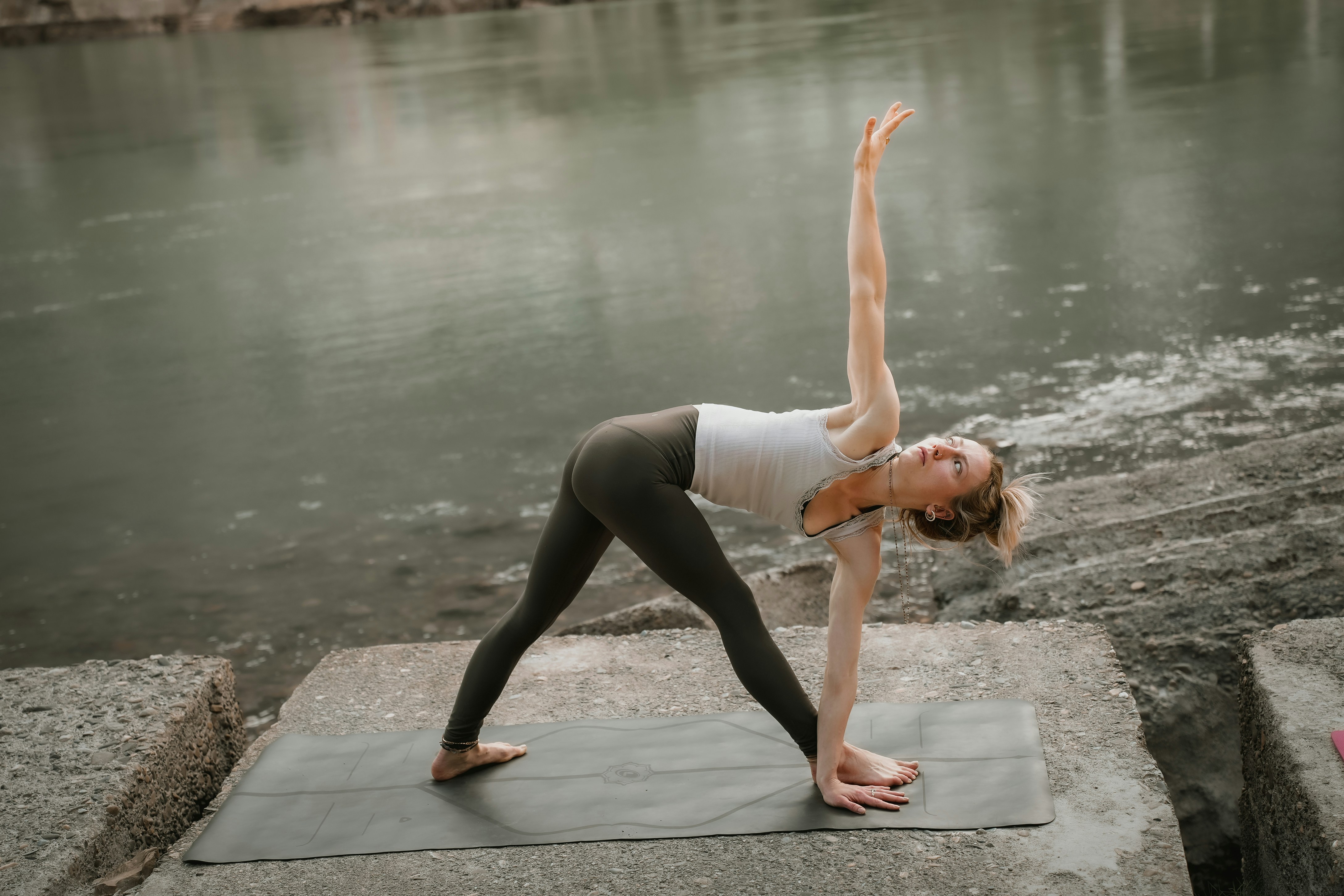Practice
Ways to Prepare for Yoga Teacher Training

Yoga teacher training is an exciting opportunity for personal growth, learning, and transformation. Whether you’re looking to deepen your practice or step into a career as a yoga instructor, preparing for yoga teacher training is crucial to make the most of this life-changing experience. I personally found that proper preparation not only enhanced my ability to absorb the material but also allowed me to embrace the challenges with more ease and confidence. Here, I’ll share some of the ways to prepare for yoga teacher training that helped me along the way.
Physical Preparation for Yoga Teacher Training
Yoga teacher training demands a lot from your body, so it’s important to start preparing physically well before you begin the course. It’s not just about mastering complicated poses, but about building the stamina, strength, and flexibility to withstand the demands of long hours on the mat.
Build a Consistent Yoga Practice
One of the most effective ways to prepare physically for yoga teacher training is by developing a regular yoga practice. When I first started preparing, I made sure to practice yoga consistently, five to six days a week. I focused on a variety of styles, including Hatha, Vinyasa, and restorative yoga. By diversifying my practice, I was able to improve my overall physical condition and increase my comfort level with different types of asanas.
In particular, I found it helpful to practice poses that were physically challenging for me, such as inversions and balance poses. Being comfortable with basic poses like Downward Dog, Warrior I, and Child’s Pose is essential before you begin teacher training, but tackling more complex poses helped me feel confident and capable when those poses came up in class.
Develop Strength and Flexibility
Yoga teacher training is intense, so it’s important to both strengthen and stretch your muscles. A lot of teacher training programs involve long hours of practice, so building stamina and increasing flexibility will help you avoid injuries and muscle fatigue. Focus on poses that stretch your hamstrings, shoulders, and hips. I recommend incorporating strength-building exercises into your practice as well, such as plank variations and core-focused poses like boat pose.
Another way to prepare physically for yoga teacher training is to cross-train by engaging in other physical activities. I found that activities such as swimming, cycling, or even walking helped keep me in good shape for the more intense physical demands of teacher training. By balancing my yoga practice with other forms of exercise, I was able to prevent burnout and ensure my body was prepared for the challenges ahead.
Mental and Emotional Preparation for Yoga Teacher Training
Yoga teacher training is as much a mental and emotional journey as it is a physical one. It requires vulnerability, introspection, and a willingness to step outside your comfort zone. During my own teacher training, I had to learn how to stay mentally and emotionally grounded, and I believe that the way I prepared myself before the training made a significant difference.
Embrace the Challenge
Before entering the teacher training program, I knew that it would push me to my limits both mentally and emotionally. I had to prepare myself to let go of my expectations, embrace the unknown, and remain open to whatever lessons came my way. A big part of the training process involves surrendering the need for control, especially when it comes to your own practice. For me, this meant learning how to be patient with myself when things didn’t go as planned, which ultimately made the journey more enjoyable.
One of the ways I mentally prepared for training was by practicing mindfulness. Mindfulness helped me stay present and manage any anxious or overwhelmed feelings that came up during the course. A simple meditation practice, even for just 10-15 minutes a day, can go a long way in preparing your mind for the challenges of yoga teacher training.
Prepare Emotionally
Emotional preparation for yoga teacher training involves confronting your fears and limitations. Teacher training often encourages you to dive deep into your past experiences and explore your emotional landscape, which can be both powerful and difficult. I recommend journaling before your training starts. Write about your intentions for the training, your goals, and your fears. Journaling will help you clarify your motivations, process your emotions, and stay focused during the course.
Spiritual Preparation for Yoga Teacher Training
While yoga teacher training may seem like an exercise in physicality, at its core, yoga is a spiritual practice. Understanding yoga as more than just a series of movements was a key aspect of my preparation for teacher training. I knew that I needed to approach the training with an open heart and a willingness to connect with the deeper teachings of yoga.
Explore Yoga Philosophy
One of the most rewarding aspects of yoga teacher training is learning about the ancient philosophy that underpins the practice. Before my training began, I started reading about the yamas and niyamas, which are ethical guidelines for living a meaningful life. These principles—such as non-violence, truthfulness, and contentment—helped me understand that yoga is about more than just poses; it’s about cultivating a way of life.
Yoga teacher training often includes lectures and discussions on the philosophy of yoga, and preparing by reading foundational texts like the Yoga Sutras of Patanjali and the Bhagavad Gita helped me engage more deeply with the teachings. Understanding the philosophy will not only enrich your own practice but will also help you pass on the teachings to your future students.
Create a Daily Practice
A daily practice is essential for spiritual preparation. I made it a priority to create a morning routine that included some asana, pranayama (breathing exercises), and meditation. Even if it was just for 20-30 minutes, practicing daily helped me feel more centered, calm, and focused as I moved through the demands of my teacher training program.
I encourage you to create a daily practice that works for you. It might look different each day—some days it may be a more physical practice, while other days it might be more meditative or restorative. The key is consistency and allowing yourself the time to connect with your body and mind on a deeper level.
Practical Preparations
In addition to physical, mental, and spiritual preparation, there are practical steps you can take to ensure that you’re ready for yoga teacher training. From scheduling to budgeting, these practical aspects will help make your experience smoother.
Budget and Plan Your Schedule
Yoga teacher training can be a financial and time commitment. Before I started my training, I made sure I had enough funds set aside for the tuition, travel, and other expenses associated with the program. I also made adjustments to my schedule by ensuring that I had enough time to dedicate to the training and that I wouldn’t be overburdened with work or social obligations. Having the logistical aspects in place ahead of time allowed me to fully focus on my practice once the training began.
Pack and Prepare for Your Journey
Lastly, preparing for your teacher training means packing the right things. Make sure you have all the essentials, like a yoga mat, comfortable clothing, and a notebook for taking notes during lectures. I also packed a journal, essential oils, and a water bottle to help me stay comfortable and hydrated throughout long training sessions.
Conclusion
In summary, preparing for yoga teacher training involves much more than simply mastering the physical poses. It requires thoughtful consideration of your body, mind, emotions, and spiritual readiness. The ways to prepare for yoga teacher training that I’ve outlined here—physical, mental, and spiritual—are all crucial elements that will support you on this transformative journey. By committing to a consistent practice, embracing the philosophy of yoga, and ensuring you’re ready for the logistical challenges, you’ll set yourself up for success and make the most of your teacher training experience.










